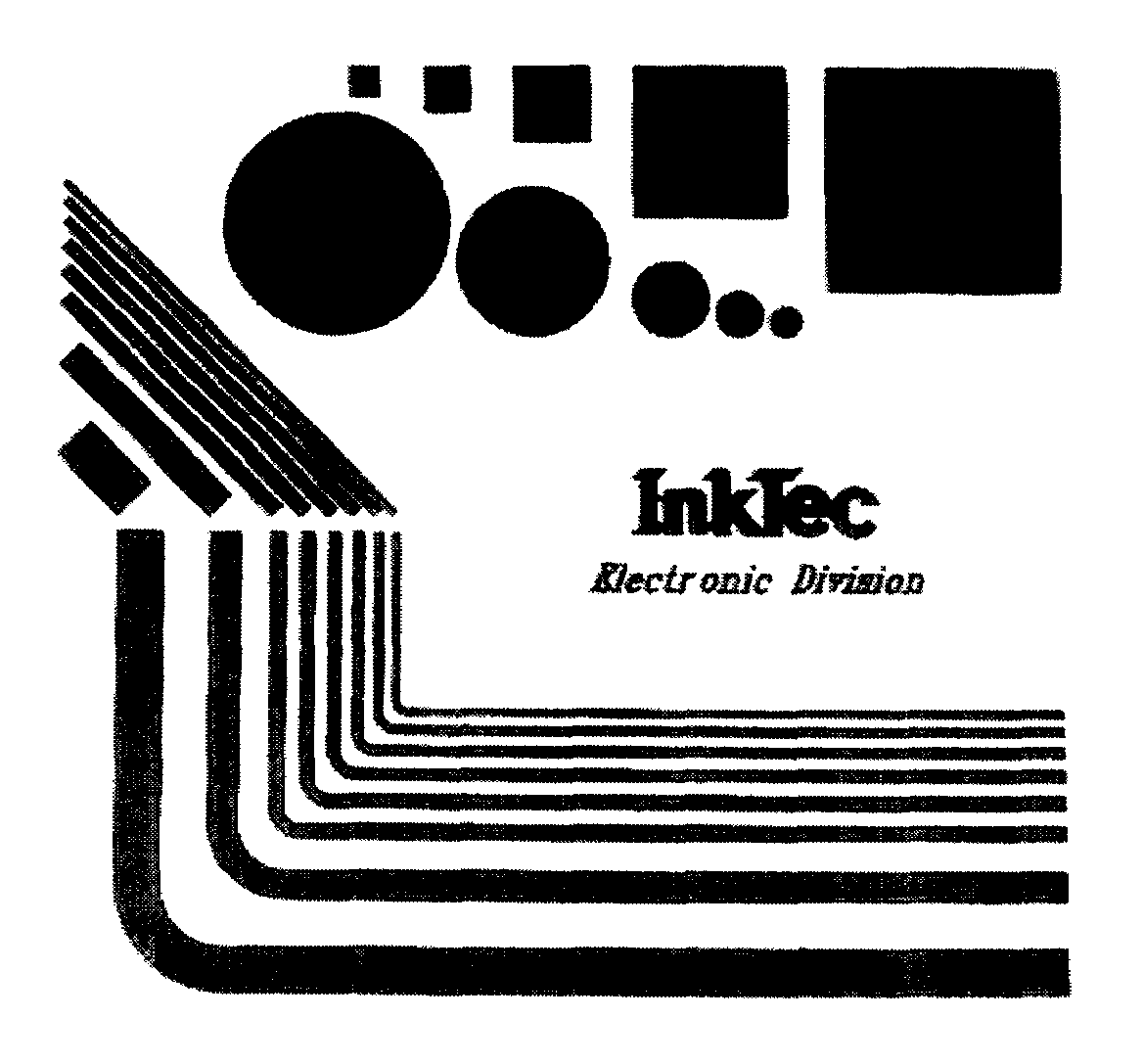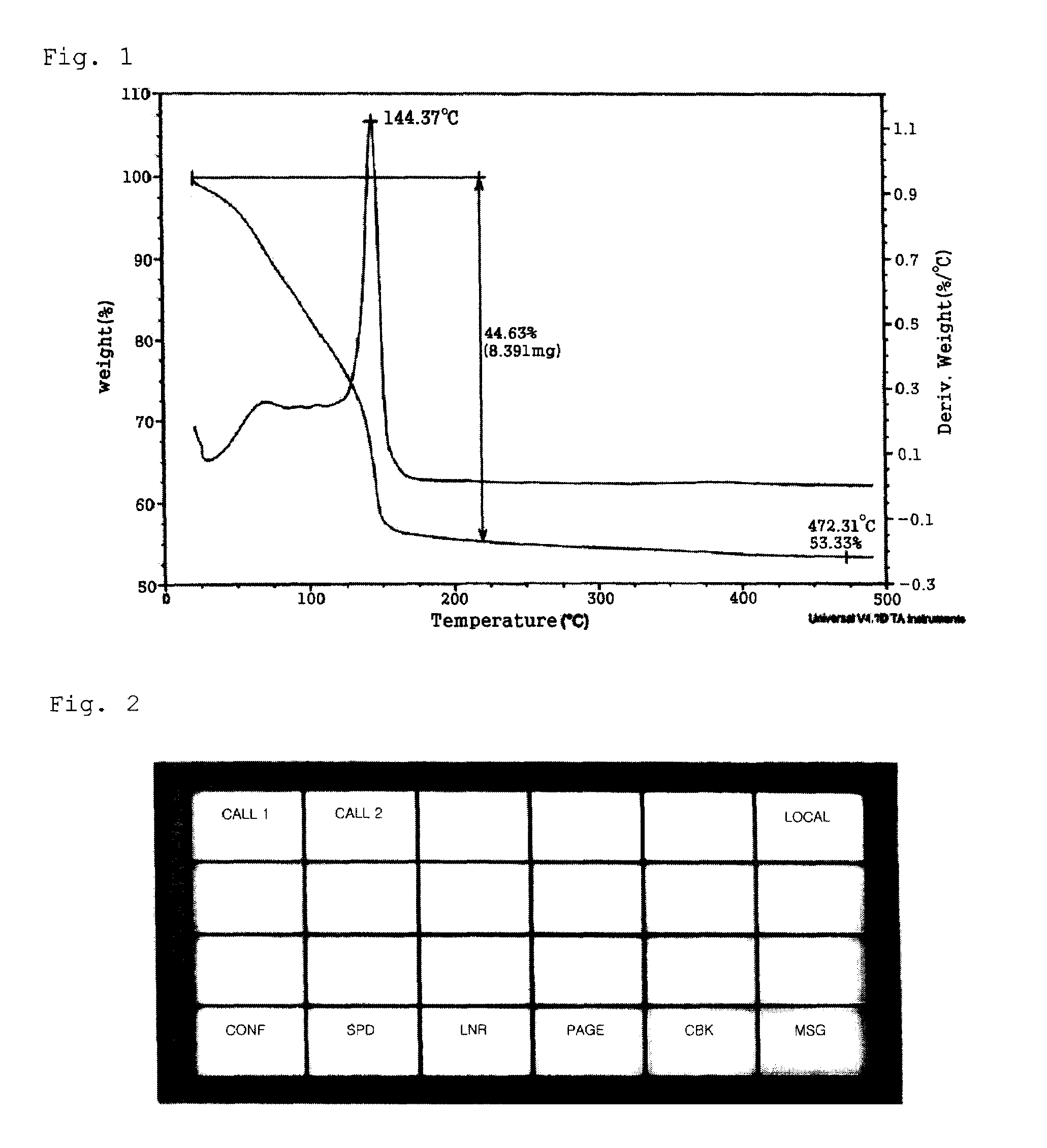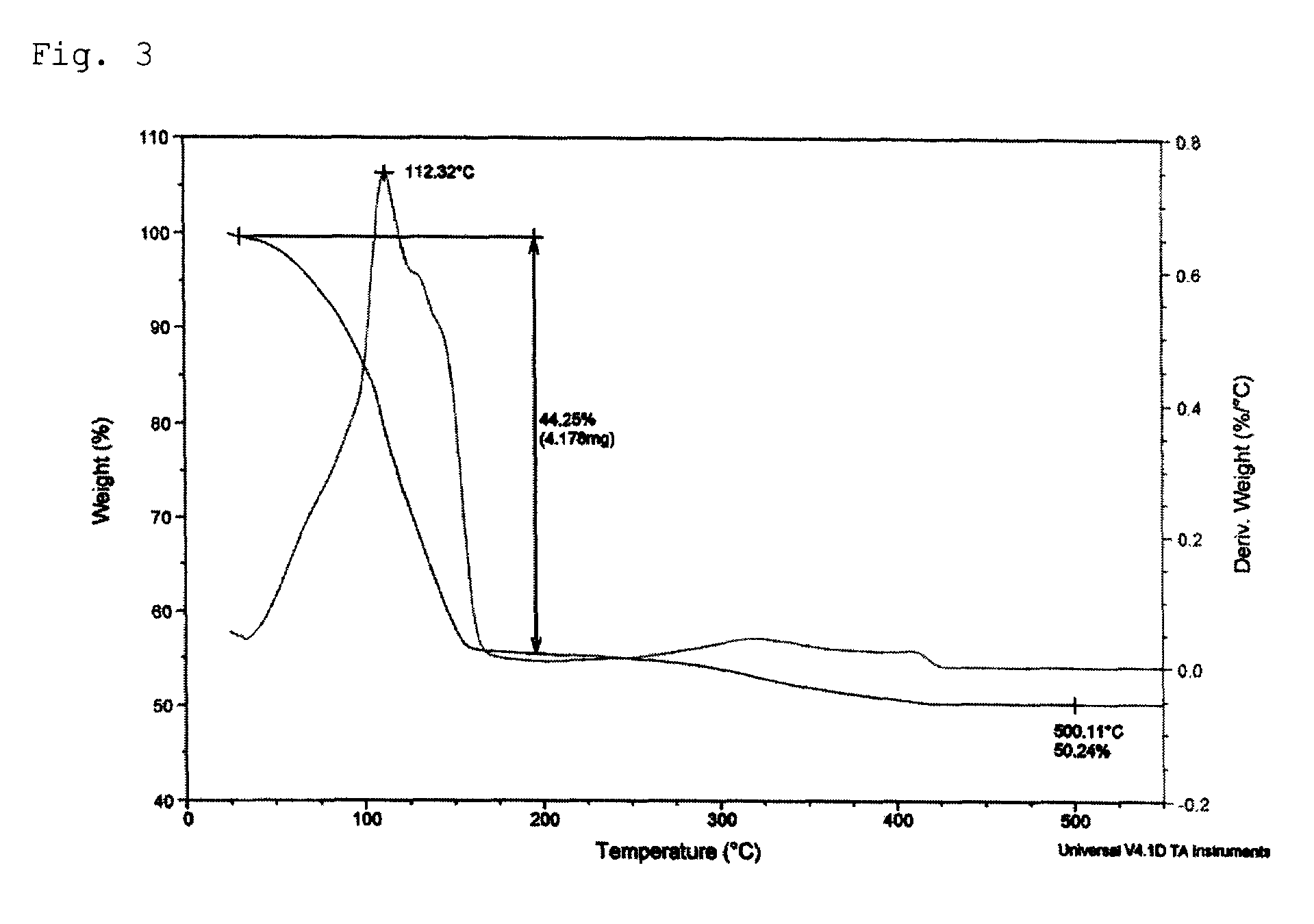Conductive inks and manufacturing method thereof
a technology of conductive inks and manufacturing methods, applied in the direction of inks, non-conductive materials with dispersed conductive materials, discharge tubes/lamp details, etc., can solve the problems of inability to apply a variety of substrates, uneconomical and less stable methods, and inability to meet the requirements of a wide range of substrates, etc., to achieve easy film formation, superior stability and solubility, the effect of easy calcination
- Summary
- Abstract
- Description
- Claims
- Application Information
AI Technical Summary
Benefits of technology
Problems solved by technology
Method used
Image
Examples
example 1
[0058]9.52 g (31.48 mmol) of 2-ethylhexylammonium 2-ethylhexylcarbamate, a viscous liquid, was dissolved in a mixture solution comprising 10.00 mL of methanol and 3.00 mL of aqueous solution in a 50 mL Schlenk flask equipped with a stirrer. Then, 1.00 g (15.74 mmol) of copper powder (Aldrich, particle size=1-5 microns) was added and reaction was performed at room temperature for 30 minutes under oxygen bubbling. As the reaction proceeded, the reaction mixture turned into a dark brown slurry and finally into a blue, transparent solution. The solvent was removed from the reaction solution in vacuum to obtain 7.15 g of a blue copper complex compound. Thermogravimetric analysis (TGA) confirmed that the copper content was 11.28 wt %. To 3.00 g of the copper complex compound were added 5.00 g of copper flake (TSC-20F, Chang Sung) 0.20 g of polyvinylbutyral (BS-18, Wacker), a binder, dissolved in 1.80 g of butylcarbitol. After 10 minutes of stirring, the mixture was passed through a three-...
example 2
[0059]6.99 g (31.48 mmol) of 3-methoxypropylammonium 3-methoxypropylcarbamate, a viscous liquid, was dissolved in 2.00 g of a mixture solution comprising 5.00 mL of methanol and 50 wt % aqueous hydrogen peroxide (H2O2) solution in a 50 mL Schlenk flask equipped with a stirrer. Then, 1.00 g (15.74 mmol) of metallic copper was added and reaction was performed at room temperature for 2 hours. As the reaction proceeded, the reaction mixture turned into a brown slurry and finally into a blue, transparent solution. The solvent was removed from the reaction solution in vacuum to obtain 5.58 g of a blue copper complex compound. Thermogravimetric analysis (TGA) confirmed that the copper content was 16.26 wt %. 1.00 g of the copper complex compound was dissolved, by adding 1.00 g methanol. Then, 8.00 g of a complex compound obtained by reacting a 1:1 (molar ratio) mixture of 2-ethylhexylammonium 2-ethylhexyl carbamate and 2-methoxyethylammonium 2-methoxyethylcarbamate with silver oxide (silve...
example 3
[0060]7.53 g (41.88 mmol) of isopropyl ammonium isopropylcarbonate was dissolved in 1.89 g of a mixture solution comprising 20.00 mL of methanol and 50 wt % aqueous hydrogen peroxide (H2O2) solution in a 50 mL Schlenk flask equipped with a stirrer. Then, 1.00 g (6.98 mmol) of copper oxide (I) was added and reaction was performed at room temperature for 2 hours. As the reaction proceeded, the reaction mixture turned into a brown slurry and finally into a blue, transparent solution. The solvent was removed from the reaction solution in vacuum to obtain 6.28 g of a blue copper complex compound. Thermogravimetric analysis (TGA) confirmed that the copper content was 14.17 wt %. 3.00 g of the copper complex compound was added to 2.80 g of a transparent butylcellosolve solution in which 4.00 g of silver flake (EA0295, Chemet) and 0.20 g of polyvinylbutyral (Wacker), a binder, were dissolved. After 10 minutes of stirring, the solution was passed through a three-roll mill for 5 times to obta...
PUM
 Login to View More
Login to View More Abstract
Description
Claims
Application Information
 Login to View More
Login to View More - R&D
- Intellectual Property
- Life Sciences
- Materials
- Tech Scout
- Unparalleled Data Quality
- Higher Quality Content
- 60% Fewer Hallucinations
Browse by: Latest US Patents, China's latest patents, Technical Efficacy Thesaurus, Application Domain, Technology Topic, Popular Technical Reports.
© 2025 PatSnap. All rights reserved.Legal|Privacy policy|Modern Slavery Act Transparency Statement|Sitemap|About US| Contact US: help@patsnap.com



